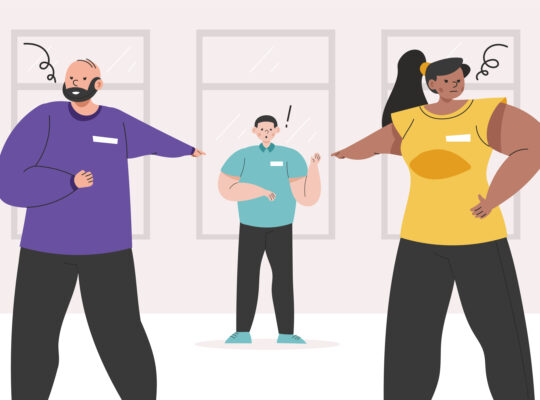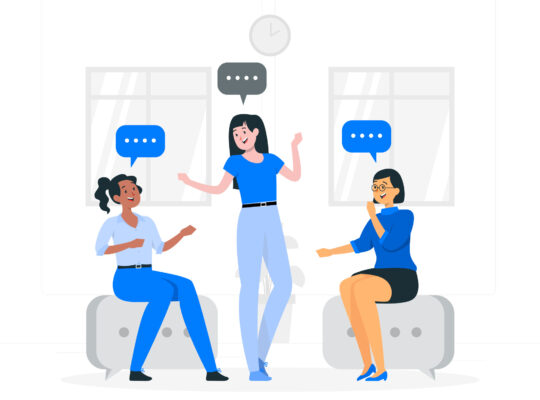| Communicating with Emotional Intelligence | ||
| Instructor: Brenda Bailey-Hughes | ||
| Released: 8/4/2021 | Course Details 43m General | |
| Skills Covered Interpersonal Communication Emotional Intelligence | Course Link | |
| Professional Certifications and Continuing Education Units (CEUs) N/A | ||
Understanding Emotional Intelligence
What is emotional intelligence?
Emotional Intelligence (EI)
Awareness that emotions can drive behavior and impact people, and management of emotions under pressure.
Your emotional quotient (EQ) is your differentiator in life.
What is Emotional Intelligence?
- Self-awareness
- Self-regulation
- Empathy
- Relationship management
Why emotional intelligence matters
- EI wins bonuses
- Significant relationship between EI and increased job performance
- Customer demands Emotional Intelligence
“75% of careers are derailed for reasons related to emotional competencies.” – Center for Creative Leadership.
Communicating Self-Awareness and Self-Management
Communicate confidently and with tact
Avoid “why” questions or leading questions. Never trivialize. Ignoring emails is trivializing, aim to reply within 24 hours. Avoid absolute, definitive statements. Avoid blame. Start sentences with ”I” or “we” instead of “you”.
Manage your emotions
Focus on your breathing. Break eye contact. Take notes. Channel the calmest person you know. Drop your tongue from the roof of your mouth. Relax your shoulders. Build delay time (like taking a drink of water).
Empathizing and Building Relationships
Understand other’s views
Play a game called “5 innocent reasons”, it allows us to switch our brain to the others perspective.
Another approach is “re-sequence events”, which allows you to view different perspectives by thinking of three things that may appear related but not in that sequence. Listening alone enhances empathy.
Seek out people who look, think, and live differently.
Switch perspectives
Positive or toxic cultures are born from shifts in perspective.
Balance empathy and accountability
- Talk about expectations before problems happen.
- Realize that disagreements are OK.
- Express feelings with vulnerability.
Understand the difference between
- Cognitive Empathy – understanding the other person at a mental level and,
- Affective Empathy – feeling the same pain or distress as others.
Showing you’re listening
Even if you are listening, ensure it looks like you are listening.
Show You’re Listening
- Site up
- Lean in
- Make eye contact
- Slowly nod
- Tune into others body language and facial expressions
When we concentrate, it may look like we are angry so relax your eyebrows and aim for a 20% smile. Try tuning into body language and facial expressions at your next meeting.
Paraphrase messages in your response
“Rarely can a response make something better – what makes something better is connection.” – Brene Brown, author of Daring Greatly.
Summarize the content and emotion that the person is sharing in your own words.
Conclusion
Recognize emotional intelligence cues
- Find a way to self-regulated when you feel emotional
- Think a different thought
- Inhale and exhale to the count of four
- Take notes
- Delay time
- Replace definitive statements with tentative statements
- Paraphrase emotions
Your EQ experiment
Rewatch videos.
 | Remember! To experience the full benefit of this guide, I highly recommend you watch the full training session. |






